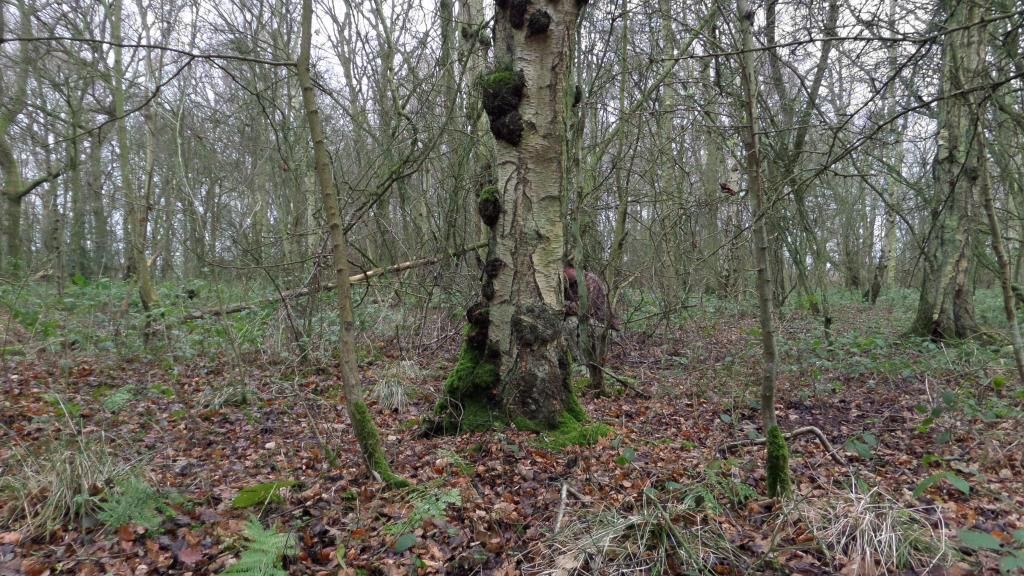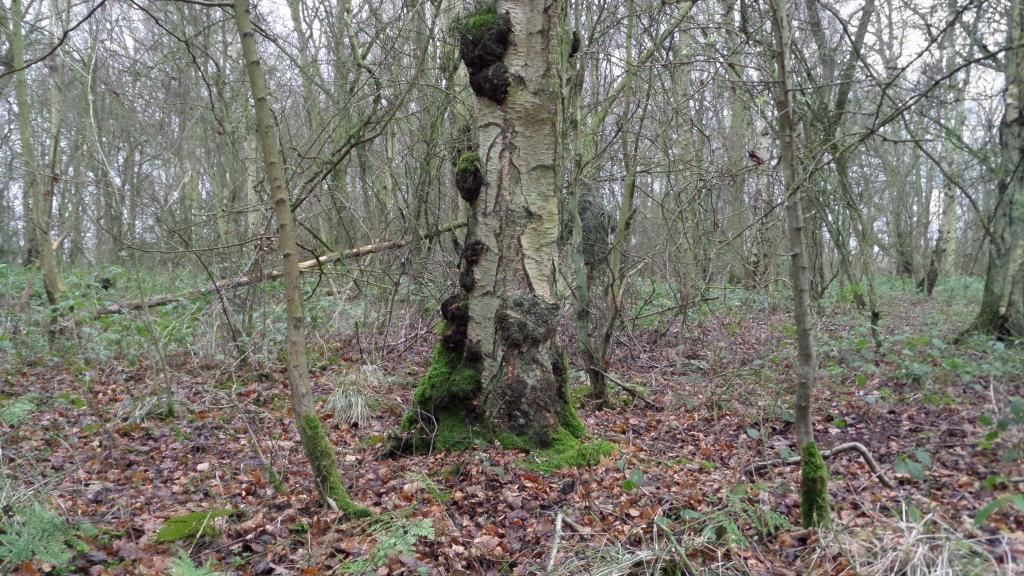Here's a good photo that compares the current British and American cammo patterns (if I do this correctly):
http://www.1id.army.mil/bigredone/commandteam.aspx
You will notice that one of the assistant division commanders of the 1st (U.S.) Infantry Division is a British brigadier.
I have and have had a variety of issue and reproduction camouflage clothing over the years, most of which I still have. Since I'm no longer in the army (I got out in 1968, though I was in the National Guard later on), the pattern of the camouflage itself isn't as important as the fabric, the fit and the design. Personally, I think the current British jacket, so labelled, I believe, is awful, that is, unless you like Velcro. There are about a dozen separate pieces of velcro on the jacket. But the fabric seems tough and the pattern isn't bad. I haven't examined any of the other garments.
Of the older DPM garments, I like the rip-stop smock, which I think is now labeled "field jacket." But I like the previous pattern a little better because it had nothing more than a single zip in front, just like the para smock. The para smock seems to have a funny cut to it and they're a little thin. The so-called arctic windproof is actually lighter, though, but I like it anyway. I really don't care for those new-fangled Canadian pattern buttons. For any of these garments you need to get them big enough to wear as much underneath as you care to without it being too tight, which also goes for the trousers. Some patterns of the DPM trousers were really narrow in the leg, although to be honest, it was fashionable when I was the the (U.S.) army to have your fatigue pants legs "pegged" because that the way they were being worn in civilian life.
I also have a reproduction "SAS" windproof (the pullover WWII style) smock and trousers. The trousers are actually quite useful and I really do wear them as over-trousers, something that I understand was rarely done with original issue trousers 60 years ago. But the jacket, in spite of its popularity as a special forces garment in the 1940s on into the 1960s and probably later, is something else, at least as issued. It is difficult to get on, being a pullover, and difficult to vent, because it has no front opening whatsoever. I also have an issue Belgium smock that gets some use but generally the lighter garments are the ones that are worn when out walking, even on very cold days, because you generate plenty of heat if you're carrying a pack. I also have an issue US Army GoreTex parka that's actually very good but I seem to only wear it when it's raining or snowing. It's one of those things that's too good to use!






